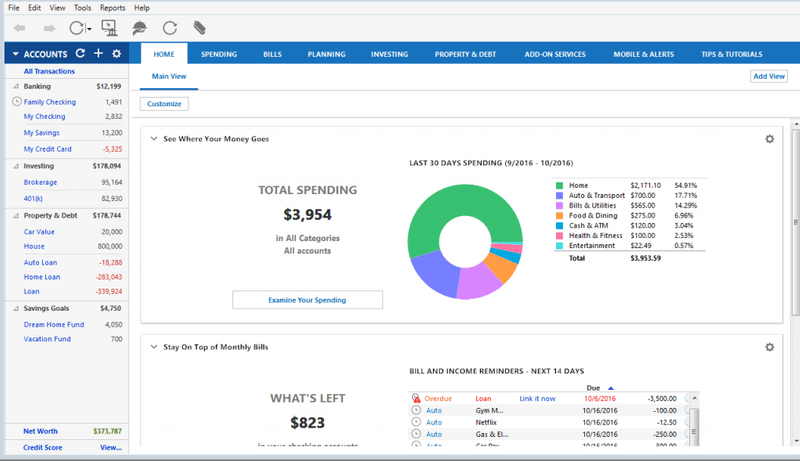
This logo isn't an ad or affiliate link. It's an organization that shares in our mission, and empowered the authors to share their insights in Byte form.
Rumie vets Bytes for compliance with our
Standards.
The organization is responsible for the completeness and reliability of the content.
Learn more
about how Rumie works with partners.
Money is a possession, like the clothes on your back, the shoes on your feet, or the books on your shelves.

It's easy to keep track of clothes and shoes: just look in your closet. Wouldn't it be great to see your money organized, just like folded shirts?
Fortunately you can! And once you have your money organized you can track your spending - the key to reaching your financial goals.

Did you know?
Step 1: Know Your Needs
When looking at software options for tracking your financial health, the first thing you need to do is understand your needs. Are you:
A small business owner?
A non-business owner with a simple financial profile? I get, spend, and save money.
A non-business owner with with a moderate financial profile? I get, spend, save, and sometimes invest money.
A non-business owner with an advanced financial profile? I get spend, save and invest money. Plus I manage it online.

Quiz
Jamie runs a local flower shop and manages her family's household expenses. Which of these best describes her financial profile?
Since Jamie owns and operates a flower shop, this puts her in the category of "small business owner." This will influence her needs when choosing a tracking tool.
Step 2: Know Your Budget
How much are you willing to spend on tracking software?
Most online tracking tools are priced for subscriptions
Small businesses and individuals with advanced financial profiles may need to pay for additional features
Non-business owners may be able to use free services (or even a simple spreadsheet)
Cloud based software can speed up your tracking by automatically pulling in data from your online bank accounts. If you don't wish to have your data connected this way, you can opt for files to be stored locally on your computer.
Use your answers to choose the right tracking software for you.

Did you know?
Step 3: Stick To A Plan
You've assessed your needs, budget, and have picked a tracking tool.
Now the key: sticking with it.
Any tool loses its value if you don't use it. The good news is, setting everything up at the beginning is the hardest part. Set aside 30 minutes each week aside to review your file:
Is everything up to date?
Do I need to add any expenses?
Do I need to adjust any income?
Is there any big expenditure on the horizon I have to plan for?

Quiz
Which of these are good habits when using financial software?
Try and keep them all up to date. Missing any of these habits will make your tracking tool less accurate and useful.
Take Action
Over the next week, make it a goal to start with Step 1 in this Byte. Steps 2 and 3 will come easily after that.
This Byte has been authored by
Michael Younder
Renaissance man.